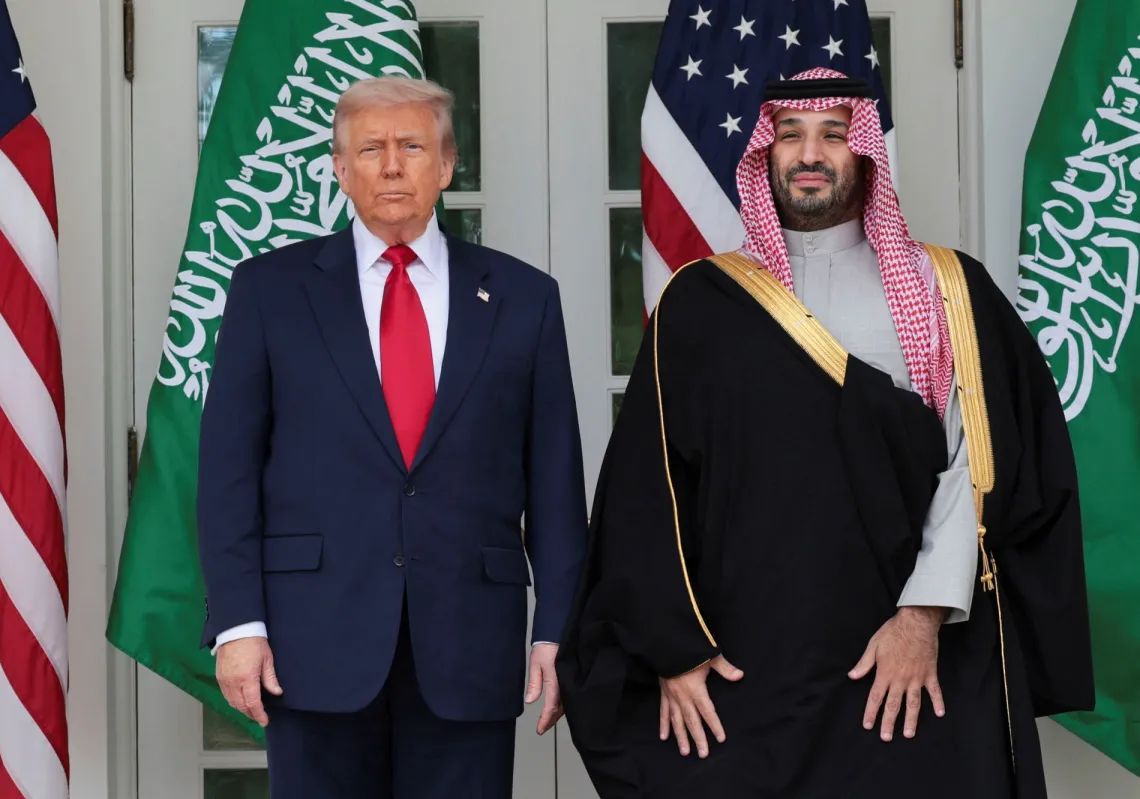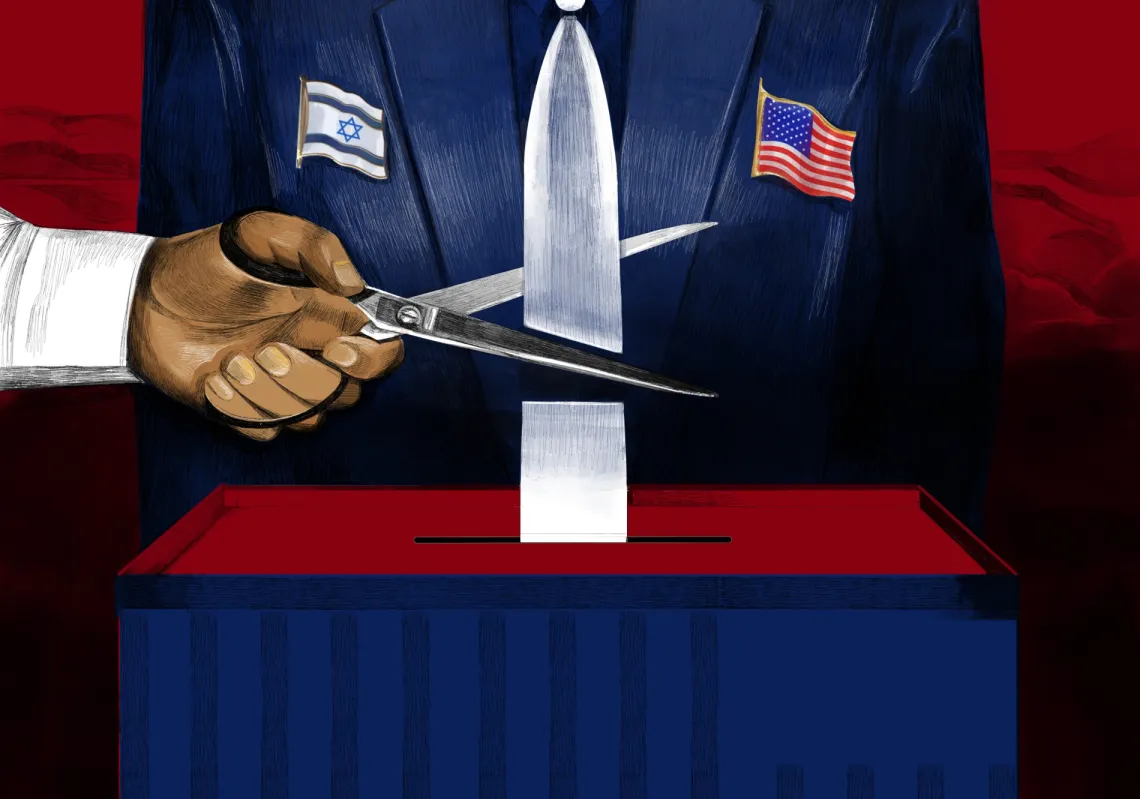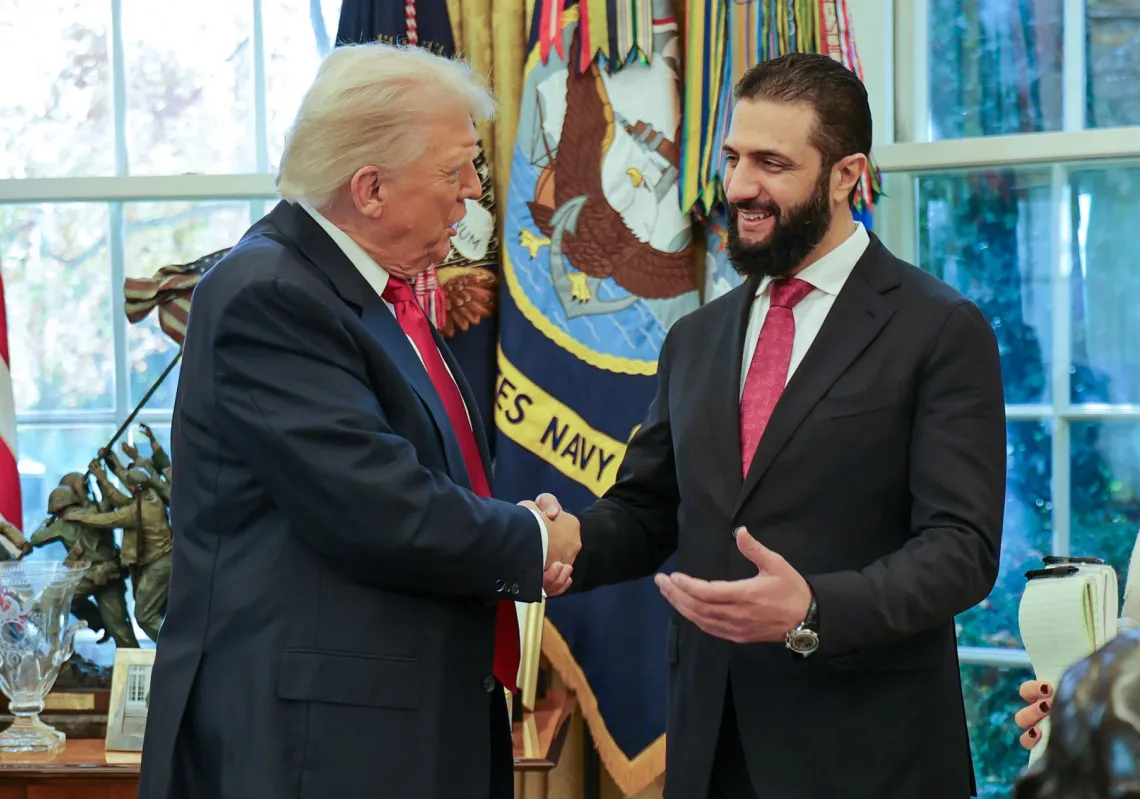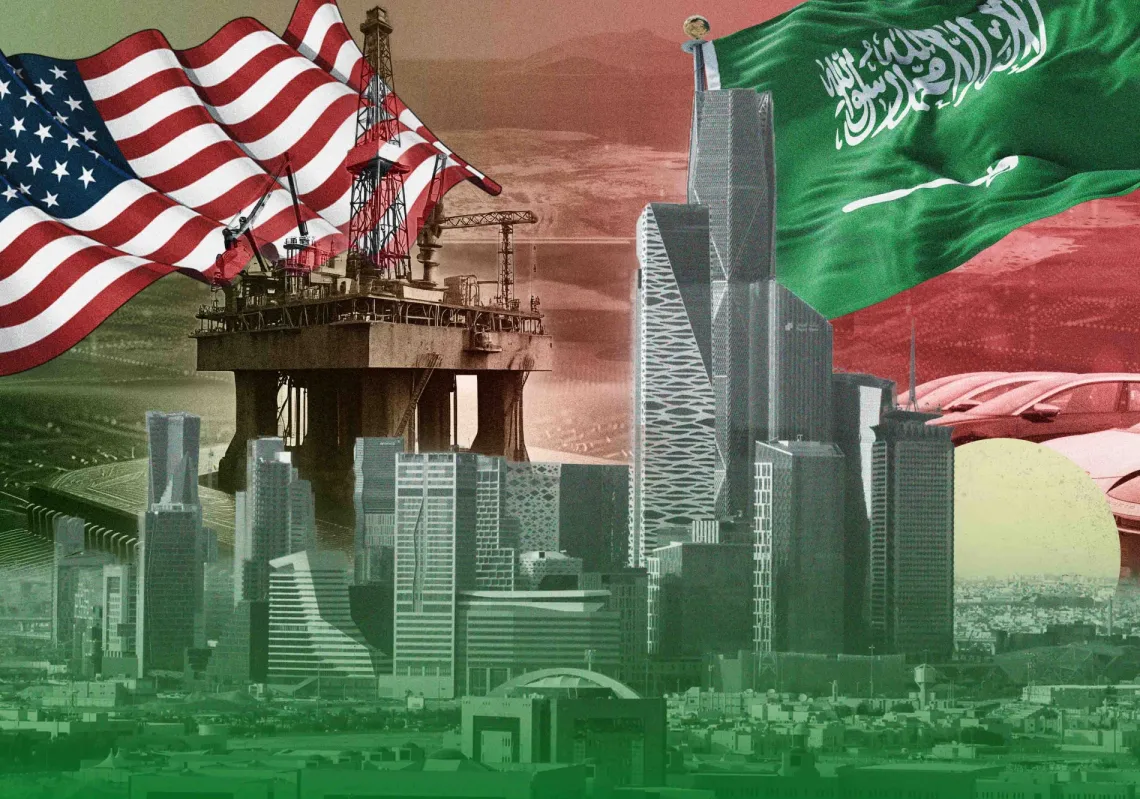Over the last decade, Russia has upgraded its two bases in Syria - Hmeymim and Tartus. The British launched their first Gulf military base in Bahrain last year and made a multimillion-dollar investment in modernization of the Duqm Port complex in Oman to accommodate the new U.K. Queen Elizabeth-class aircraft carriers. The U.K. also has a sizeable Royal Air Force (RAF) presence in the region, mainly in the UAE and Oman. The French presence in the Gulf is smaller than the U.K.’s but is still significant. France opened its first military base in the Gulf in 2009, in Abu Dhabi in the UAE. This was the first foreign military installation built by the French in 50 years. Earlier this month Turkey announced that it will open a military base in Qatar near the Tariq Ibn Ziyad military base thus autumn.
Another important actor in Middle East security is the small East African country of Djibouti. It sits on the Bab el-Mandeb Strait, through which an estimated 4.8 million barrels of oil a day transited in 2016 (the most recent year for which U.S. Energy Administration data are available) and which is a chokepoint on the route to the Suez Canal. An increasing number of countries recognize Djibouti’s value as a base from which to project maritime power and launch counterterrorism operations. It is home to the U.S.’s only permanent military base in Africa, Camp Lemonnier, with its approximately 4,000 personnel. In 2017, China chose Djibouti as the location for its first permanent overseas base, which can house 10,000 troops and which Chinese marines have used to stage live-fire exercises featuring armored combat vehicles and artillery. Saudi Arabia also announced in 2016 that it would build a base in Djibouti. France, Italy, Germany, and Japan already have presences of varying strength there.
But the Middle East wasn’t always this crowded with great power bases. The US jumped from 3 to 29 installations in less than three decades. Three specific points in time stand out that shaped US expansion in the Middle East. The first was 1979, when the US saw a need to establish a foothold in the region in response to the soviet expansion in Afghanistan and the Islamic revolution in Iran. The second was 1991 after America’s liberation of Kuwait. And the third was after 9/11 which led to the US invasions in Iraq and Afghanistan. According to the Department of Defense, at the height of U.S. combat operations in Iraq during the Second Gulf War, the U.S. presence included 165,000 service members and 505 bases.
The Middle East occupies a unique geographical and strategic position. Two-thirds of the world’s population lives within an eight-hour flight from the Gulf region, making it accessible from most of the globe. The Middle East also contains some of the world’s most critical maritime choke points. Approximately 90 percent of the world’s trade travels by sea, and some of the busiest and most important shipping lanes are located in the region. Tens of thousands of cargo ships travel through the Strait of Hormuz, the Bab el-Mandeb Strait and the Suez Canal each year. Given the high volume of maritime traffic in the region, no U.S. military operation can be undertaken without consideration of how these shipping lanes offer opportunity and risk to America and its allies.
The region has long been one of the most unstable regions in the world, and there are no present prospects for change in the near future. This instability is the result of ongoing conflicts and tensions, and a variety of political tensions and divisions. For the foreseeable future, the Middle East region will remain a key focus for international military planners.
The aftermath of over eight years of war in Syria has changed the regional dynamics. Russian, Iranian, and Turkish interventions in Syria have greatly complicated the fighting there with all three countries seeing the region as a suitable venue to implement its geostrategic plans, with Russia emerging out of the rubble of Syria as the major power-broker and military tactician. Russian oilmen, arms dealers and financiers have been fanning out across the region, striking billions of dollars’ worth of deals, reviving old relationships and forging new ones from Libya to the Gulf.
The GCC crisis that began in June 2017 marked a pivotal moment in relations between Turkey and Qatar. Turkey not only sent food supplies to Qatar by plane, thus alleviating the blockade’s immediate impact, but also passed a law that authorized the government to deploy troops there. The closure of the Turkish military base in Qatar is one of the conditions the UAE and its allies put forward to resolve the crisis. Iran, Qatar, and Turkey also signed a land transportation pact in August 2017 which would help reduce the cost and transit period for the exchange of goods.

China’s inroads into the Gulf and wider Middle East remain primarily driven by its economic interests while maintaining a low diplomatic profile and eschewing a military footprint, and are occurring against the backdrop of intensifying global strategic competition with the United States. Beijing’s interests in the Middle East are both structural and strategic. Strategically, together with Russia, China is taking advantage of the uncertainty produced by the shifting U.S. policies. They backed Iran's efforts to build regional ties and have called on Europe to accelerate its attempts to establish a special trade vehicle designed to bypass the Trump administration's sanctions.
Since US President Donald Trump's decision in May last year to unilaterally withdraw Washington from a landmark nuclear deall signed in 2015 tensions have risen between world powers and Iran. The US has reinstated sweeping sanctions against Tehran as part of a "maximum pressure" campaign aimed at forcing Iran to renegotiate the agreement. The narrow Strait of Hormuz between Oman and Iran has become a flashpoint between the US and Iran in recent months, with Washington accused Tehran in May of sabotaging tankers along the important trade route. Iran denied the allegations. The US military has since deployed additional forces, including an aircraft carrier and B-52 bombers to the Middle East as tensions have mounted. Iran has warned that it would target US military bases across the region in the event of war.









